How Spring Equinox is celebrated in the world
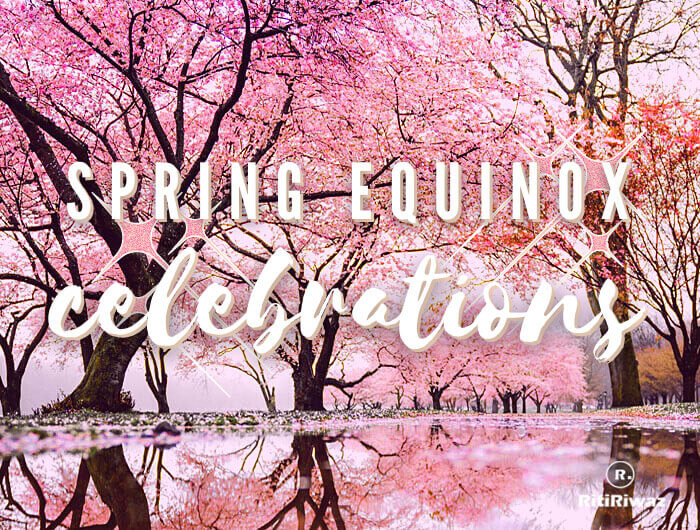
The spring equinox, also called the vernal equinox, is the official start of spring and usually occurs around March 19th, 20th, or 21st. The term “equinox” comes from the Latin words aequus, meaning equal, and nox, meaning night. We experience two equinoxes each year — the vernal in March and autumnal in September.
After the Spring equinox, the Northern Hemisphere has longer days and shorter nights until the summer solstice that occur in late June. Longer daylight causes the flowers to bloom as the last bits of snow on the ground melt away, and the birds are back. The first day of spring is considered a holiday across many religions and cultures. The celebration of equinoxes and solstices is happening by various groups throughout history, as it was considered a crucial turning point in the seasons.
The spring equinox represented themes of rebirth, renewal, and fertility—many cultures celebrated their new years on or near the spring equinox. Symbols of new life are key to the tradition and they resemble symbols associated with the Christian holiday of Easter: eggs, rabbits, flowers, and seeds. Some holidays also involve the theme of good triumphing over evil, as sunlight regains dominance over darkness, cold, and night.
A number of festivals take place around this time all over the world, dating back to ancient times. Of course, it’s also the same time as the Christian Easter celebration, and in the Jewish faith, throwing colors for Hindus, Passover takes place as well. For early Pagans in the Germanic countries, this was a time to celebrate planting and the new crop season.
Stonehenge

People also gathered at Stonehenge to view the spring equinox. Druids, Pagans, and Wiccans, who draw on beliefs from a variety of ancient religions that revere nature, will gather at dawn on March 20 at Stonehenge in the west of England. They will watch the sunrise above the ancient ring of stones thought to have been placed there 5,000 years ago. They call this spring equinox festival Ostara and celebrate it by drinking dandelion and burdock cordials, which they believe cleanses the blood, and playing ancient musical instruments. The trek to Stonehenge begins before dawn and people come dressed in all kinds of traditional pagan clothing.
The pyramid of Kukulcan, Mexico
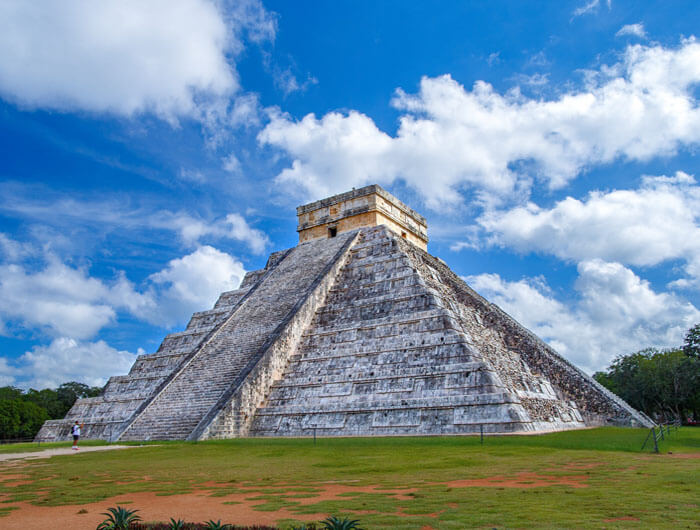
The pyramid of Kukulcan at Chich’en Itza on the Yucatan Peninsula is another popular place to view the equinox. The pyramid casts a shadow on the spring and autumn equinox that creates an image of a giant snake symbolizing Kukulcan, a feathered snake god of the ancient Mayans, that appears to crawl down the side of the temple until it joins with a serpent-head statue at the bottom of the pyramid.
Holi in India

Hindu culture celebrates the coming of spring with countless festivals, the most well-known of course being Holi. Holi is one of the major festivals celebrated in India and celebrates the victory of good over evil and the onset of spring and the end of winter. It takes place every year, just as the vernal equinox approaches. The festival is celebrated with rituals and bonfires that light effigies of Holika. During the day, people all over the country throw powdered color and colored water in balloons as well as hand-held spray guns in play and fun. The celebration of Holi has become popular across the world, though it is mainly observed in India and Nepal.
Nowruz
Nowruz is a Persian lingua franca literally translates as the first day of the New Year. The Persian New Year, signaling the rebirth, rejuvenation, and reconciliations, aptly arrive at the spring vernal equinox. Spring in Iran and the wider region is the harbinger of harmonious jubilation for the earth and the sun, with pristine streams percolating down the snowcapped mountains, the greening of the prairies and the pastures, the flowering of fruit trees and the herbs, and the luscious green seedling and germinating of staple crops.
Turkey
Turkey’s Kurds are celebrating Newroz, the Kurdish festival welcoming spring. On the eve of the equinox, Kurds in Turkey light bonfires to symbolize the passing of the dark winter season and the arrival of the light spring season. On the day itself, they wear new clothes, gather spring flowers and sing, dance, recite poetry and smash pottery for good luck. Many urban families will make a special trip out to the country to be at one with nature and see the first shoots of spring.
China
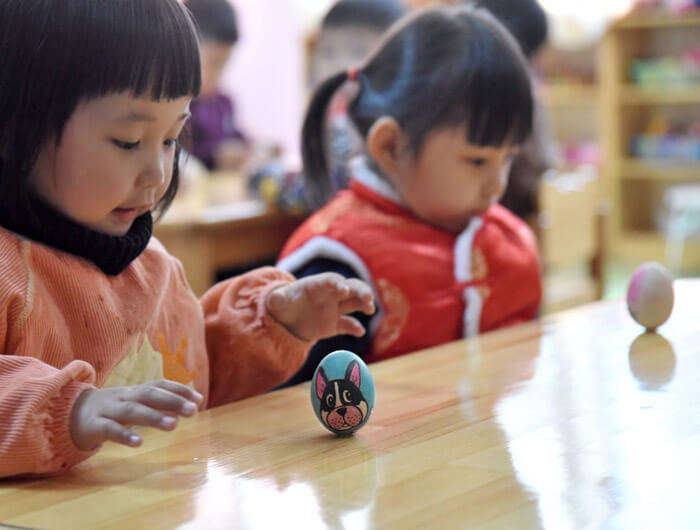
On the spring equinox all over China people play the egg standing game. There is an ancient Chinese belief that you can stand an egg on its end on the first day of spring. Eggs are often associated with the spring equinox because of their standing as a symbol of birth and fertility, and the myth that one can be balanced on its end only on that day likely relates to the day’s re-balance of day and night.
Japan Shunbun no Hi
Japanese people bring in this day, Shunbun no Hi, by paying homage to their deceased ancestors at their graves with flowers. Families also reunite on this day to spend time cleaning and making their houses as good as new.
Italy
The spring equinox is often considered a symbol of rebirth and renewal, as it welcomes a season when plants begin to grow and flowers start to once again bloom. In ancient Italy, it was a tradition for women to mark the occasion by planting seeds in the gardens of Adonis on this day.
The custom still persists in certain parts of the country, particularly Sicily. Each year at this time, women plant seeds of lentils, fennel, lettuce, or flowers in baskets as an homage to the day.
Russia
Russians observe Maslensitsa, an event hailing the return of warmth and light—much like Holi in India. This folk festival is celebrated about seven weeks before Easter. During the Lent season, meat and fish, and dairy products are prohibited.
Ireland

In Ireland, St. Patrick’s Day is celebrated each year on March 17. St. Patrick is known as a symbol of Ireland, particularly around every March. One of the reasons he’s so famous is because he drove the snakes out of Ireland, and was even credited with a miracle for this. Wear a shamrock, The symbolic plant of the equinox in Druidry is the trefoil or shamrock, which is also customarily worn on St. Patrick. The three leaves shaped like hearts were associated with the Triple Goddess of Celtic mythology, otherwise known as the “Three Morgans”. The shamrock is thought to be symbolic of the regenerative powers of nature.
Israel
The Jewish Passover is one of the most important holidays in the Jewish calendar. It’s an eight-day festival (seven days for Reform Jews and Jews in Israel) celebrated in the early spring, starting on the 15th day of the Hebrew month of Nisan. The 14th day of Nisan begins on the night of the first full moon after the vernal equinox. Passover starts with a big ritual meal known as the Seder (say “say-der”), which means “order” in Hebrew. Family and friends come together to eat traditional dishes. During Passover, Jews refrain from eating leavened food (made with yeast) such as bread and stores stop selling bread and bread products for the entire week.
Spain
People in Valencia, Spain, have their spring celebration called Las Fallas. It is a wild, five-day street festival involving fire. The festival centers on the creation – and burning – of huge colorful statues made of wood, paper, and plastic. The statues are meant to look like real people. Often, they are modeled after Spanish politicians or stars.Cambodia
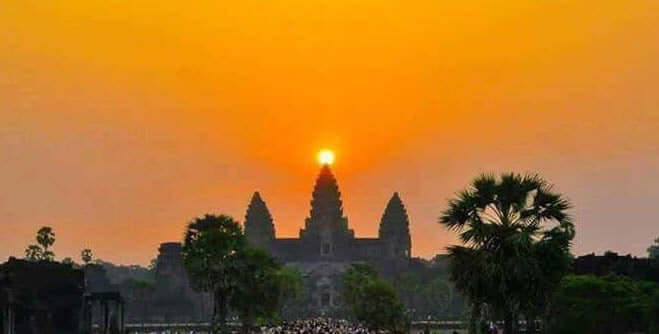
The start of spring is the perfect time to make your long-awaited pilgrimage to Cambodia. On the day of the equinox, the sun is said to line up perfectly with the main tower of legendary temple Angkor Wat.
Scotland
Cairnpapple Hill is one of the oldest sacred sites in Scotland. It dates back to 3800 BC and the ancient stones that lie there line up perfectly with the sun at sunrise on the spring equinox.
Egypt
Sham El-Nessim is one of Egypt’s oldest festivals, dating back to 2700 B.C. It celebrates the arrival of spring and recognizes the agricultural background of ancient Egyptians. This festival used to be celebrated on the day of the spring equinox but is now celebrated closer to Easter.
Drowning of Marzanna in Poland
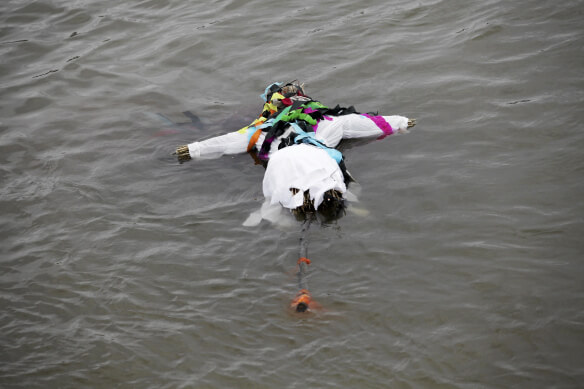
To symbolize the beginning of spring, the children in Poland make Marzanna dolls out of straw and other flammable materials and perform a ritual burning and subsequently drowning of the dolls in the river. Marzanna is a female goddess associated with death, winter, and nightmares so this ritual is a way of cleansing people of the harsh winters they have endured. They can then welcome the new season of spring by collecting flowers and decorating branches.
Belarus
In Belarus, the spring equinox symbolizes the arrival of spring to the country which symbolizes the returning of birds to their homeland. To celebrate this Belarusians decorate trees with ribbons and paper birds, they also bake bread in the shape of birds, bring it outside, and throw it up into the sky, followed by singing a spring call to the birds.
Malta
The Mnajdra Temples on the southern coast of Malta are said to date back to 3600 BC, see the morning sun of the spring equinox shine directly through the main entrance down the length of the site and into a recessed shrine.
Portugal
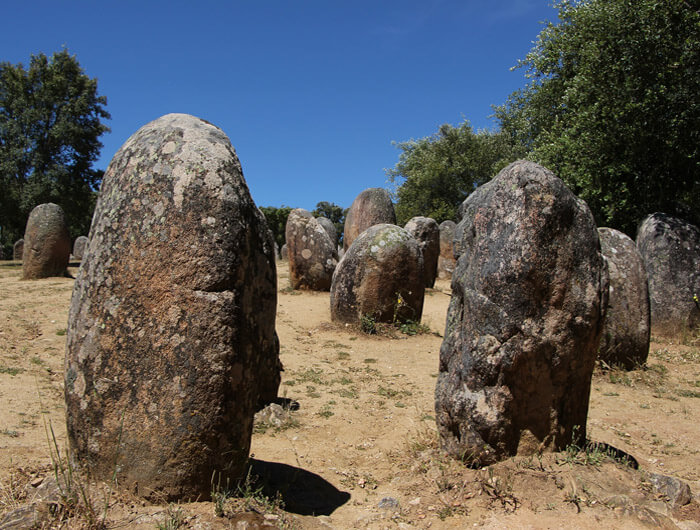
The Cromlech of Almendres in Portugal is one of the oldest megalithic complexes in the world and thousands of years older than Stonehenge. Situated on an east-facing hill slope nestled in a grove of cork and olive trees, on the morning of the equinox the sun rises along the axis of the monument, casting in-line shadows of the stones.
Czech Republic
People in Litomerice in the Czech Republic get together at the time of the spring equinox to revive the ancient Slavic tradition of Provoda.
